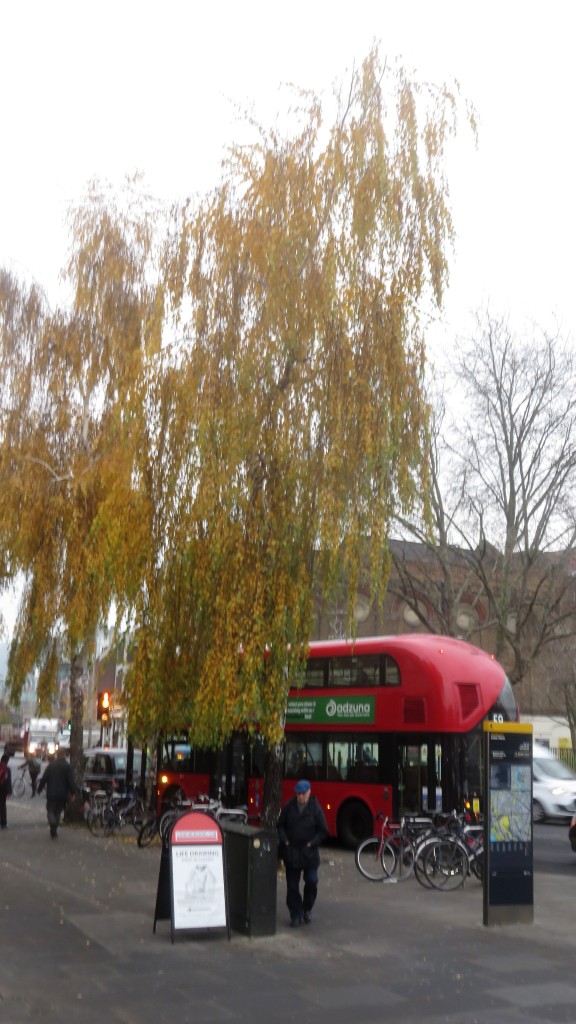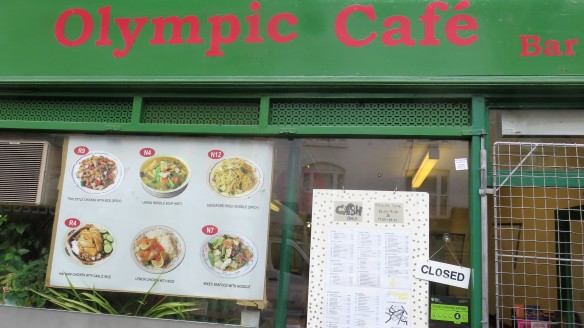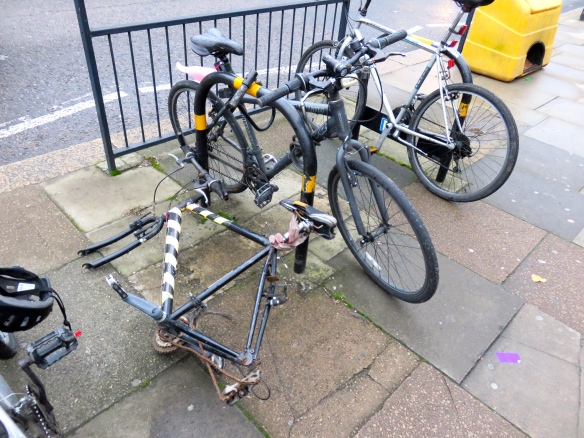CLICK ON IMAGES TO ENLARGE. THOSE IN GROUPS WILL ACCESS GALLERIES THAT CAN BE SEEN FULL SIZE.
Jackie delivered me to New Milton Station this morning for me to catch the train to Waterloo for lunch with Norman. I didn’t get a seat until Southampton. I was lucky; many didn’t. The man in the foreground had recently received a replacement hip. At Southampton Central four more coaches were added, but they brought another load of cattle with them.
Norman and I met at La Barca, just around the corner from the side entrance to Waterloo Station on the Taxi Approach Road. The brief walk across this road, down the steps to Spur Road, and round to Lower Marsh is, on a sunny day, not a pretty one. Today wasn’t sunny.
The wall opposite the station offers a view containing the forest of cranes that is a fairly common view in the capital today.
Taxis ply their trade in both directions,



also queuing along Spur Road.
Baylis Road, opposite the end of this, runs past Westminster Millennium Green, featured a number of times since it was described by Steve White as ‘A Beautiful Setting’. The Italian flag flying on the right of this photograph shows how close the restaurant is to the station.
This protective cage may seem a little excessive, but it hasn’t escaped the graffiti merchants.


The lingering touch of autumn does its best to brighten Baylis Road where brickwork is receiving the attention of workers on a large telescopic platform.
The cheap and cheerful Chicken Valley rubs shoulders with the more upmarket La Barca doing its best with seasonal decorations. The snowflakes on the ground are in fact gobbets of chewing gum, found on many of our pavements and station platforms.
This young gentleman dined alfresco.


Across the road the La Cubana’s stall was taking a delivery from an open van.
Norman and I preferred to eat in comfort. We each enjoyed a superb leek and potato soup followed by a splendid veal cutlet served with an asparagus sauce, truffles, and roast potatoes. Our shared bottle of wine was an excellent house red Montepulciano. I needed nothing more to eat later.
The outside temperature shown on the car dashboard when Jackie collected me from the return train at Brockenhurst was 13 degrees. No wonder I felt overdressed.






















